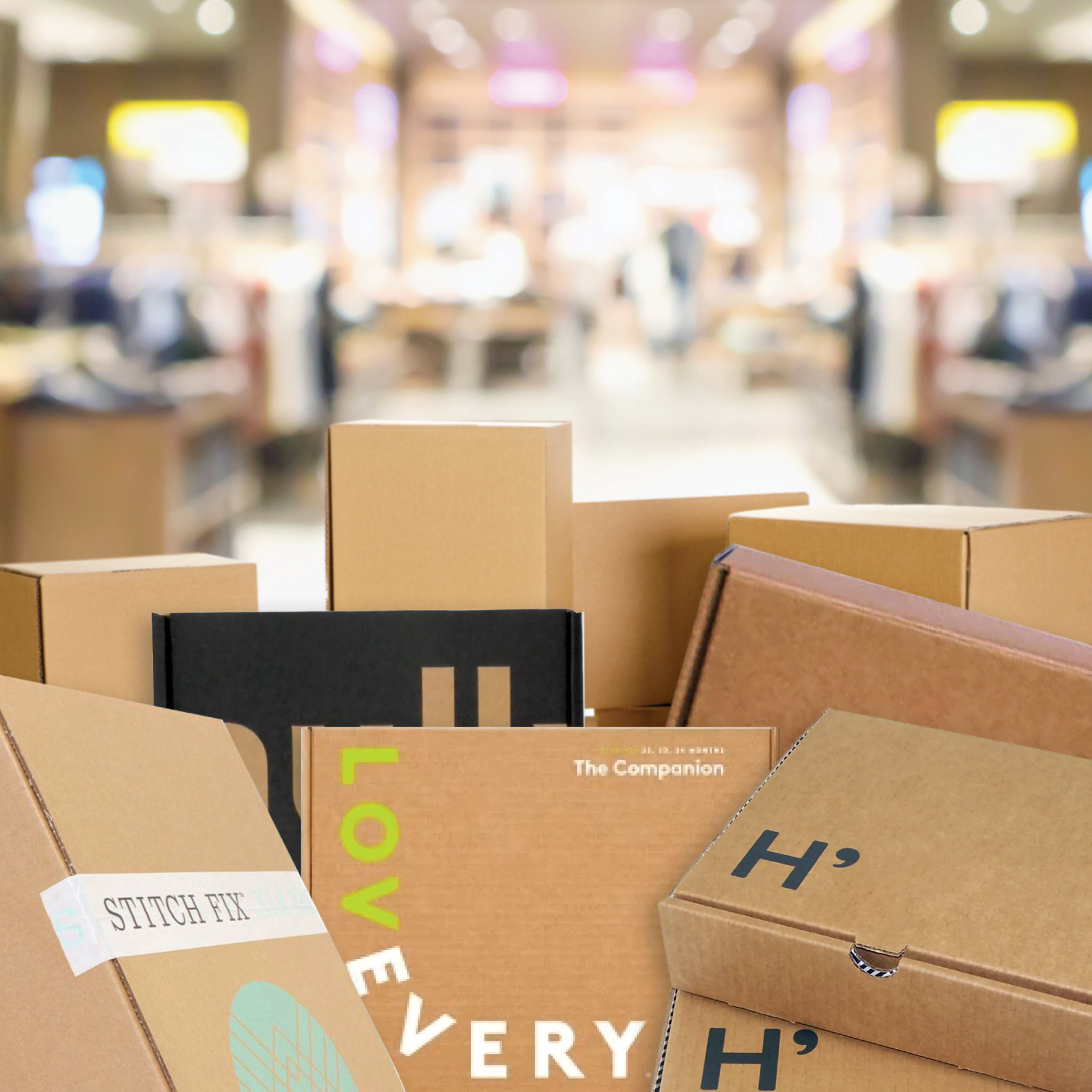Remember when direct to consumer brands were all anyone could talk about? Warby Parker, Harry’s Shave Club, and a seemingly endless litany of subscription boxes dominated headlines just five years ago. During pandemic lockdowns, consumers went inward and connected even more deeply with their favorite brands. You’d think this would cause an even larger surge in DTC brands post-pandemic, but this hasn’t been the case. Forbes recently published an article stating that 2010 to 2020 was “the golden age for DTC companies.”
So, what does that mean for DTC brands in 2023? What factors influenced the DTC boom, why is the movement losing momentum, and what’s next for the over 110,000 DTC companies in the U.S.? Let’s dig in.
DTC brand founders drastically underestimated the cost of new customer acquisition. They also drastically overestimated online sales’ total retail market share: ecommerce channels still only make up about 15 percent of total retail sales –– a large percentage of which is still informed by brands’ physical retail stores. Brands without a steady physical presence have a challenging road ahead.
Why DTC Ain’t What It Used to Be
Although the decade leading up to the pandemic was the heyday for DTC brands, discovery isn’t something that thrives when the chips are down. An economic recession isn’t viewed by most consumers as a time to discover exciting, often pricey new brands on social media. Quite the contrary. As soon as consumers begin to feel the pinch, they start looking for cost-saving alternatives to their regular purchases.
In theory, direct to consumer brands are the cost saving alternative. By removing unnecessary steps in the supply chain and shipping right to consumers, many DTC brands –– like Warby Parker –– were founded on the premise of saving consumers money over the big guys. The thing is, spreading the word about a new brand or product and acquiring customers require a bevy of expensive up-front marketing costs.
DTC brand founders drastically underestimated the cost of new customer acquisition. They also drastically overestimated online sales’ total retail market share: ecommerce channels still only make up about 15 percent of total retail sales –– a large percentage of which is still informed by brands’ physical retail stores. Brands without a steady physical presence have a challenging road ahead.
It’s Halfway About the Benjamins, Baby
In some ways, DTC brand leaders’ biggest mistake was overestimating today’s customer purchase behavior. Yes, Gens Y and Z do more online research than any other generation. They even make regular impulsive purchases on social media. But most of those impulse purchases are in the apparel, cell phone, candy, and jewelry categories. Getting consumers to invest in a new brand outside of those categories and building enough trust that those customers feel happy enough to convert isn’t easy.
Add to that customers haven’t been able to experience the product in person, and successful marketing requires a social media advertising approach that tells the brand story over the course of time –– which requires a major investment from brands. And the cost of social media advertising has risen significantly, with many business owners increasing their ad spend by 50 percent to 100 percent to reach the same number of consumers as just a few years ago. Plus social media advertising cost per thousand (CPMs) jumped by a staggering 41 percent YoY between 2021 and 2022. This is simply not a price hike for which many DTC models were prepared.
Let’s Talk Value Perception
A lack of physical stores and a lack of adequate social media marketing is just half of the story. The other half? DTC brands have failed to create the perception of value. In the UK, 70 percent of customers recently changed their shopping habits to focus on buying cheaper brands. The unsettling reality is that we’re staring down the barrel of another recession. Battle scarred, post-pandemic consumers are fortifying their finances for whatever comes next, and that rarely involves making room for major late night impulse purchases.
Even DTC brands that were built to create a more affordable model for their industry, like 1-800 Contacts, face logistical hurdles. Issues with prescription verification, hard-to-reach online customer service associates, and shipping delays can cause customers to receive their contacts weeks after they expected them. (I personally went back to in-person eye exams at Target after years of doing things online for this very reason. All said and done, it’s just easier.)
And direct to consumer brands that don’t require the prescriptions of 1-800 Contacts or the advanced supply chain and sanitization measures of Rent the Runway? They often require an upfront bulk purchase, or they make consumers sign up for automatic reorders to get their first discounted shipment, both of which pose a risk for consumers’ tight finances when they are trying out a new product. Add in a few retailers still trying to get away with illegal Call-to-Cancel policies (cough, cough, Fabletics) and growing data security concerns, and you’ve got a recipe for “I’ll just head to the store.” The result?
DTC Brands Rush to Department Stores in Droves
Is it starting to make sense why DTC brands whose leaders once made lofty statements about changing the face of the retail industry are now grateful to get a few shelves at Target? Don’t underestimate the power of consistency or the credibility of a partnership with a respected retailer. These partnerships are win-wins: the department store benefits from the excitement, brand story, and social media following of the DTC brand; the DTC company gets the credibility, consistency, foot traffic, and physical presence of the department store.
Lasting brands aren’t built in a few strong months of a social media ad campaign –– just ask Brandless. Like retailers, DTC brands need to lay a strong foundation to build on to stick around, which means building partnerships with stalwarts that offer built-in consumer trust and reach. By partnering with department stores, DTC brands can reduce the cost of customer reach and provide customers with a free opportunity to try before they buy. Partnerships with physical retailers give DTC and micro retailers a way to weather the impending recession. Expect to see more in the years to come.




